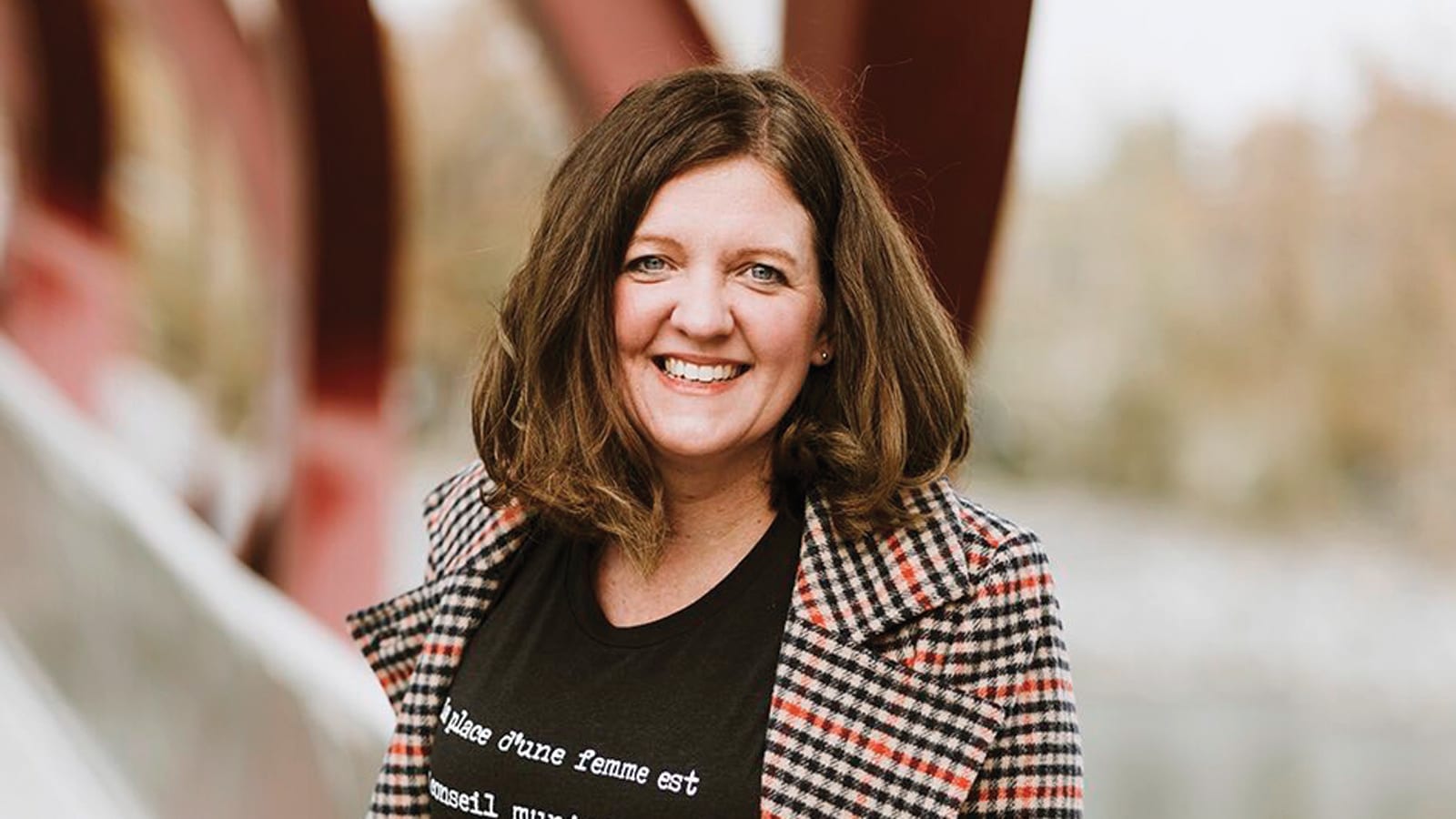There’s a 2.5-inch white scar near Lauren Herschel’s belly button. She jokes it’s where “Leftie” used to be—her left kidney, which she donated in 2011 to a stranger. It was a private decision that led her to a public purpose: Raising awareness about organ donation in Alberta.
“As a kid, I read an article about a boy close to my age who died. His parents donated his organs to save other kids. I thought it was neat so I said, ‘Mom, I want to be an organ donor,” Herschel recalls. As an adult, an episode of TV’s Grey’s Anatomy prompted her to act on her pledge. “It’s hard to explain, but in the moment, I just knew it was something I was supposed to do.”
Herschel embarked on the living donation process through the Southern Alberta Transplant Program at Calgary’s Foothills Medical Centre. She was the first person to do so without a pre-determined recipient (living donors often give to a family member or someone they know). Her donation was anonymous, with no strings attached.
MORE TO READ
An AMA member on his passion for donating blood
At first she was hesitant to talk about her experience. But the more she did, the more she saw a shift in people’s perceptions. She now promotes donor registration as a volunteer with both the Kidney Foundation of Canada and the Canadian Transplant Association. “If you can make the experience less of an unknown, you make it less scary,” she says.
Currently in Alberta, if you’re over 18, you can arrange to donate all or some of your organs and tissues (such as corneas, bones and skin) after death, by visiting any AMA centre and talking to a Registries agent. You can also sign up online via the Alberta Organ and Tissue Donation Registry (AOTDR). Or learn about becoming a living donor, like Herschel, at myhealth.alberta.ca.
As of 2018, 427,292 Albertans had joined the AOTDR. But the province has one of the lowest numbers of registered donors in Canada—and rates have dropped by 40 percent over the past decade.
Herschel believes that awareness campaigns can help reverse this trend. She points to the story of Logan Boulet, one of the victims of the April 2018 Humboldt Broncos bus tragedy. Upon his death, Boulet’s donated organs saved six lives. News of his selfless act inspired roughly 100,000 Canadians to register to give their own organs.
MORE TO READ
Why you should put organ donation at the top of your to-do list
On April 7, 2021, the third annual Green Shirt Day will honour Boulet’s legacy—in advance of National Organ and Tissue Donation Awareness Week, which further amplifies the message that donors are critically needed.
Organ and tissue donation is “something that doesn’t impact you a lot, but it has a big impact on another person and their family,” Herschel says. “Your ‘no big deal’ is someone else’s huge deal.”
BECOME A DONOR
Register as a future organ donor at AMA centres
Have a heart to heart: Before registering, talk to your family about your wish to be an organ and/or tissue donor, and what organs you want to donate.
We’re here to help: Visit any AMA centre. A Registries agent will outline your options and walk you through the process. There is no cost to register as an organ donor.
Status update: When you sign up for the donor registry, you can exchange your driver’s licence and, for a small fee, get a new one with a heart icon.
Numbers game: With AMA’s help, more than 150,000 AMA members have joined the AOTDR since it launched in 2014.
